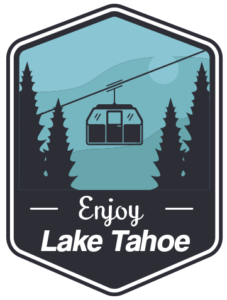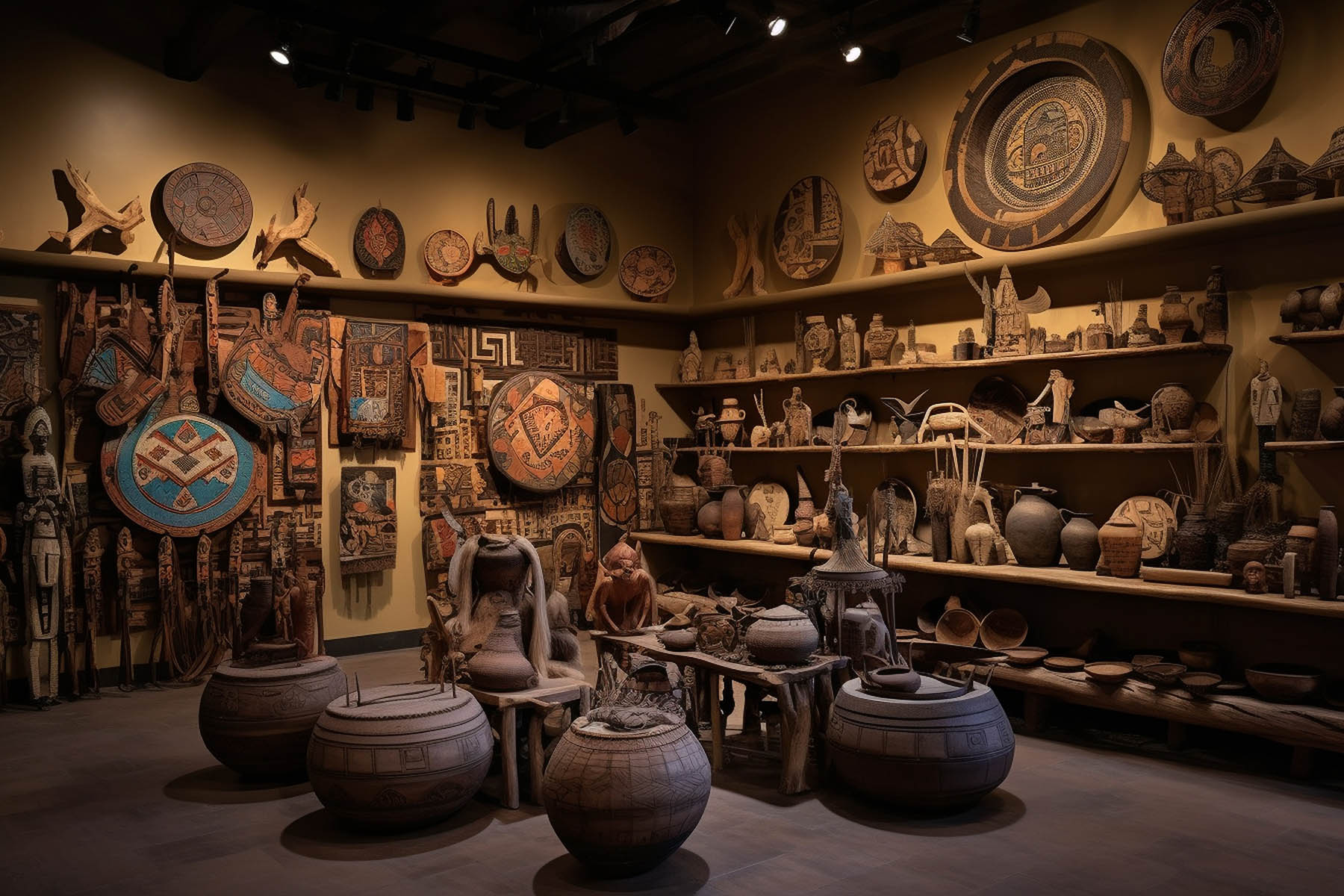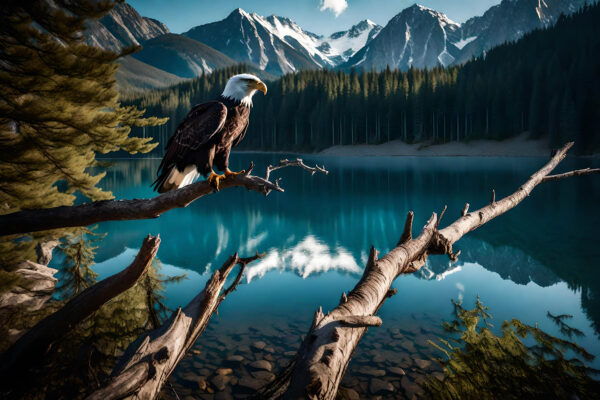Lake Tahoe’s Native American heritage is a vital part of the region’s history and culture. This article explores the traditions, artifacts, and stories that connect Lake Tahoe to its indigenous roots.
Indigenous Tribes of Lake Tahoe
Lake Tahoe is located within the ancestral homelands of several indigenous tribes, including the Washoe Tribe, Maidu Tribe, and Paiute Tribe. These tribes have deep historical connections to the region, with their presence dating back thousands of years.
The Washoe Tribe, in particular, has a strong and enduring presence in the Lake Tahoe area. They are known for their basketry, language, and cultural traditions.
Cultural Significance
The pristine beauty of Lake Tahoe holds significant cultural importance for indigenous tribes. The lake and its surroundings have served as a sacred and spiritual place for ceremonies, gatherings, and storytelling. The natural features of the area, such as mountains, forests, and water, hold deep cultural significance.
Indigenous tribes have a profound respect for the land and its resources, as they are intricately connected to their cultural and spiritual practices.
Artifacts and Artistry
The indigenous tribes of Lake Tahoe have a rich tradition of creating art, including intricate basketry, beadwork, and traditional clothing. These artifacts showcase the artistic talents and craftsmanship of the indigenous peoples and provide a glimpse into their daily lives.
Basketry, in particular, is a highly regarded art form among indigenous communities in the region. Washoe baskets, known for their exceptional quality and intricate designs, are highly sought after by collectors.
Preservation Efforts
Efforts are underway to preserve and protect the Native American heritage of Lake Tahoe. This includes initiatives to document and digitize oral histories, preserve sacred sites, and collaborate with indigenous communities to ensure their voices are heard and their heritage respected.
Organizations and individuals are working together to ensure that indigenous cultures continue to thrive and that future generations can learn about and appreciate the contributions of these tribes.
Indigenous Stories
The indigenous tribes of Lake Tahoe have a wealth of stories, legends, and oral histories that have been passed down through generations. These stories provide valuable insights into the cultural, spiritual, and historical aspects of the region.
These narratives often revolve around the land, its creation, and the relationship between humans and nature. They offer a unique perspective on the deep connection between indigenous peoples and the environment.
Cultural Events and Celebrations
Lake Tahoe hosts various cultural events and celebrations that showcase indigenous traditions, music, dance, and art. These events offer an opportunity for locals and visitors to learn and appreciate the rich heritage of the region’s indigenous peoples.
Powwows, storytelling sessions, and art exhibitions are just a few examples of the cultural events that celebrate Native American heritage in the Lake Tahoe area.
Supporting Indigenous Communities
Supporting indigenous communities in the Lake Tahoe region through responsible tourism and engagement can help preserve their heritage and contribute to their well-being.
Visitors are encouraged to engage with indigenous artisans, attend cultural events, and support local businesses that promote indigenous products and art. This not only benefits the communities economically but also promotes cultural exchange and understanding.
Embracing Diversity
Recognizing and celebrating the Native American heritage of Lake Tahoe is an essential step towards embracing the cultural diversity that makes this region unique.
By learning about and respecting indigenous cultures, residents and visitors can contribute to a more inclusive and culturally rich Lake Tahoe community.
Lake Tahoe’s Native American heritage is a testament to the deep connection between indigenous tribes and the natural beauty of the region. Exploring this heritage provides an opportunity to learn, appreciate, and respect the traditions and stories of the original inhabitants of Lake Tahoe.







